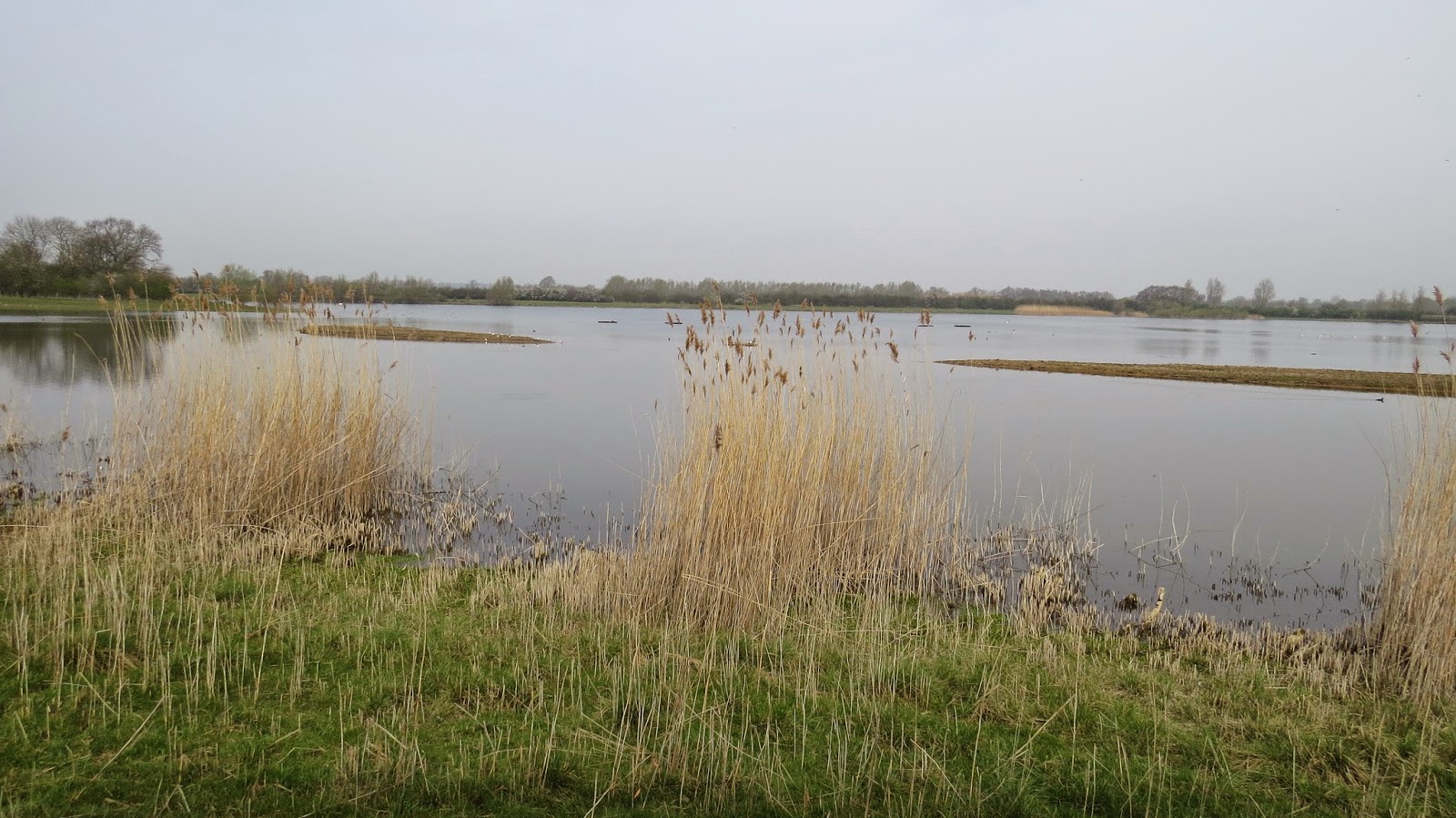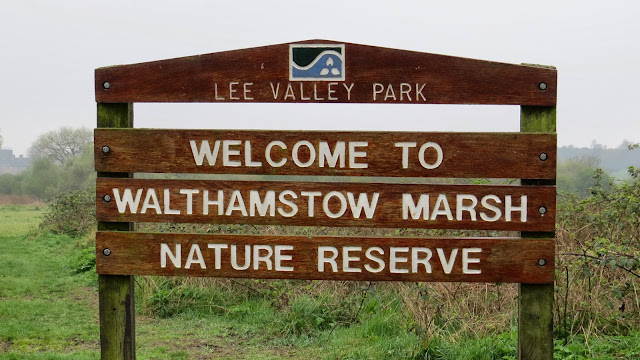Double Duck - Baikal Teal & American Wigeon

Took the opportunity today to head out into the Cambridge fenlands. The draw being a mega Baikal Teal and the outside chance of connecting with an American Wigeon. A first visit to Fen Drayton RSPB reserve and I was mighty impressed with this site. The reserve is a complex of lakes, all of which look great for birdlife. The target bird was a fifteen minute walk from the main car park. En route, a couple of Blackcaps were singing from the scrub and two smart male Bullfinch flew across the guided busway. On the water, at least three drake Goldeneye were still present with a few females. From the hide overlooking Moore Lake (pictured above), the drake BAIKAL TEAL showed well in the bay behind the small islands. A stunning bird, its credentials questionable, but maybe a future armchair tick. A Little Ringed Plover flew onto one of the islands in front of the hide. At least four Cetti's Warblers were singing around the reserve. ...








